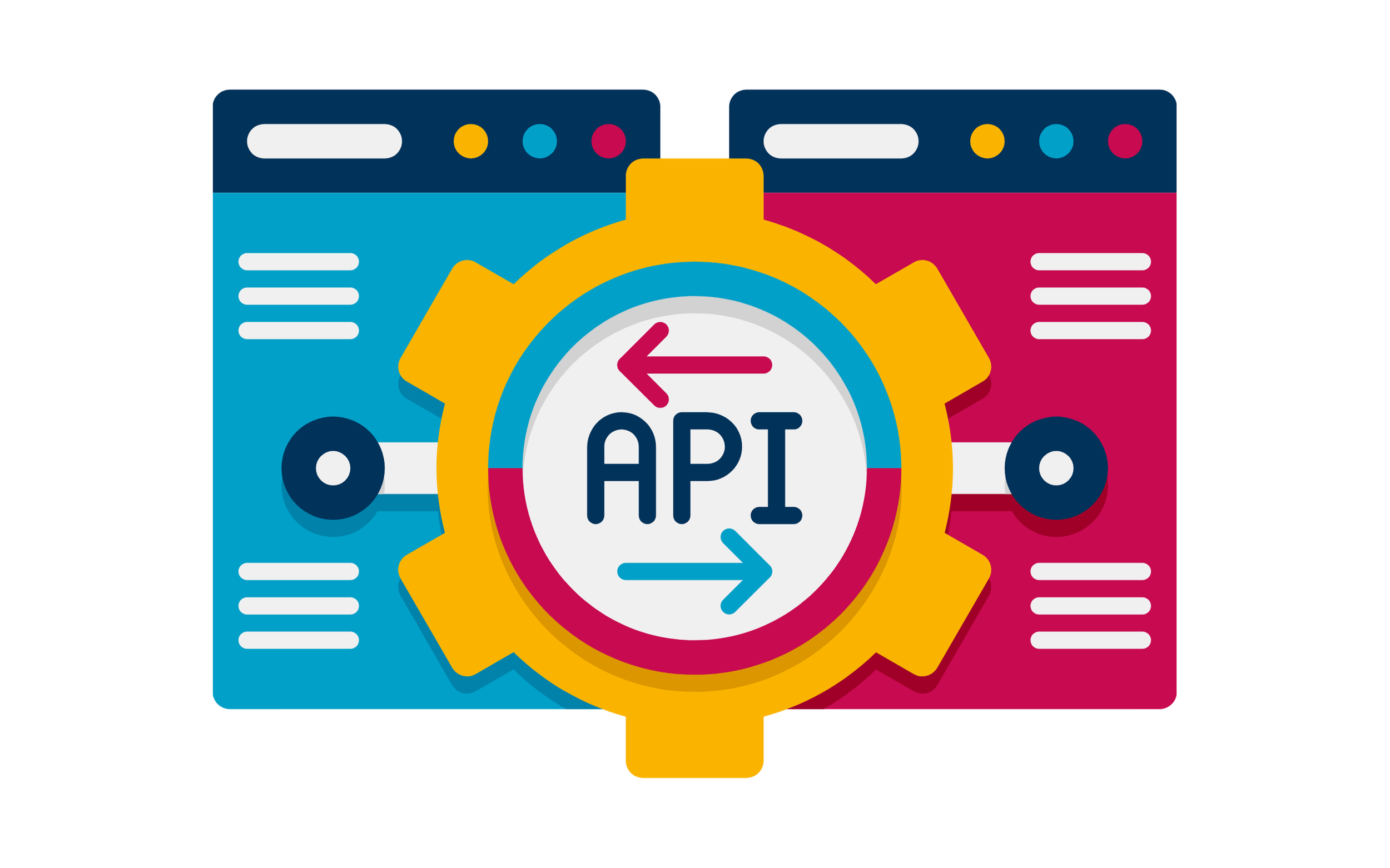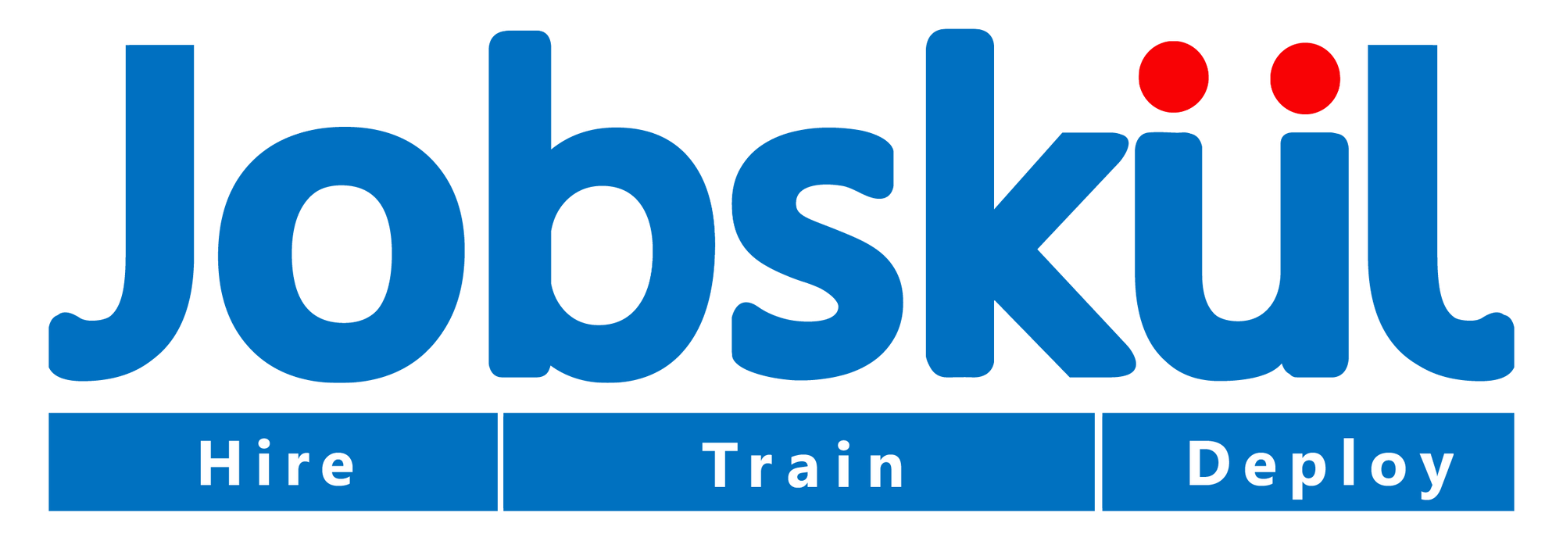How to Integrate APIs in Node.js for Your Next Project
-
Home
-
Technology Reviews
-
How to Integrate APIs in Node.js for Your Next Project

How to Integrate APIs in Node.js for Your Next Project
Learn how to seamlessly integrate third-party APIs in your Node.js applications for powerful data access and functionality.

1. Why APIs Matter in Modern Development
APIs are the lifeblood of modern applications. Whether you're fetching weather data, processing payments, embedding maps, or accessing social media content, APIs allow your application to communicate with external services and pull in powerful functionality with minimal effort. In the world of backend development, especially with Node.js, integrating APIs is not just a helpful skill, it’s essential.
Node.js, being fast, asynchronous, and JavaScript-based, is widely used for backend systems and RESTful APIs. Its event-driven architecture and large ecosystem make it an excellent choice for working with third-party APIs. But if you’re new to backend development or just getting started with Node.js, the idea of connecting to external services can feel intimidating. Don’t worry, integrating APIs in Node.js is simpler than it sounds, and by the end of this guide, you’ll have a clear roadmap for doing it in your own projects.
2. How to Integrate an API in Node.js
The first step in working with any API is understanding how it works. Most APIs follow the REST (Representational State Transfer) pattern and communicate over HTTP. You’ll typically make a request (GET, POST, PUT, DELETE, etc.) to a specific URL, and the API returns data, often in JSON format. To access these APIs, you usually need an API key, a unique identifier provided when you sign up with the service, which helps track usage and authentication.
In Node.js, you can make HTTP requests using built-in modules like https, but most developers prefer easier, more modern tools like axios, node-fetch, or got for cleaner and more readable code. Let’s say you want to fetch current weather data using an API like OpenWeatherMap. After signing up and receiving your API key, you’d install a library like axios and write a function that makes a GET request to the API’s endpoint, passing your key and any required parameters. The API responds with JSON data, which you can then parse, format, and use in your app however you need.
Here’s where the true power of API integration shines, you’re no longer limited to static or manually input data. With real-time data coming from third-party services, you can create applications that are dynamic, responsive, and rich in features. Want to show real-time stock prices? Connect to a financial data API. Want to accept payments? Integrate Stripe or Razorpay. Want to display the latest tweets or YouTube videos? There’s an API for that too.
In a connected world, APIs are the glue that lets apps talk to each other. When done right, they don’t just provide data, they enable innovation
3. Best Practices and Final Thoughts
Integrating APIs isn’t just about fetching data. You also need to handle errors properly. For example, what if the API is down, returns a 404, or your key expires? In Node.js, you can use try-catch blocks and conditionally check HTTP response status codes to ensure your app doesn't crash or misbehave. It's also a good practice to store API keys and other sensitive credentials in environment variables using packages like dotenv, rather than hardcoding them in your files. This keeps your project secure and scalable.
As your project grows, consider abstracting API logic into separate modules or services, keeping your codebase clean and maintainable. For more complex integrations, such as APIs that require OAuth, pagination, or rate-limiting, take time to read the official API documentation carefully. Almost all well-designed APIs provide usage examples, authentication flows, and code samples, often in JavaScript or Node.js.
In summary, integrating APIs in Node.js is a game-changing skill that unlocks the full potential of your applications. Whether you’re building a simple dashboard or a full-blown SaaS product, chances are you’ll rely on third-party APIs for data, functionality, or infrastructure. Node.js gives you the speed, flexibility, and developer tools to handle these integrations efficiently. Start small, read the docs, test your endpoints, and build from there.
The internet runs on APIs, and with Node.js, you're now ready to plug into it.
Share this post:
Related Posts

A step-by-step guide on how beginners can start contributing to open source projects, with tips on f...


